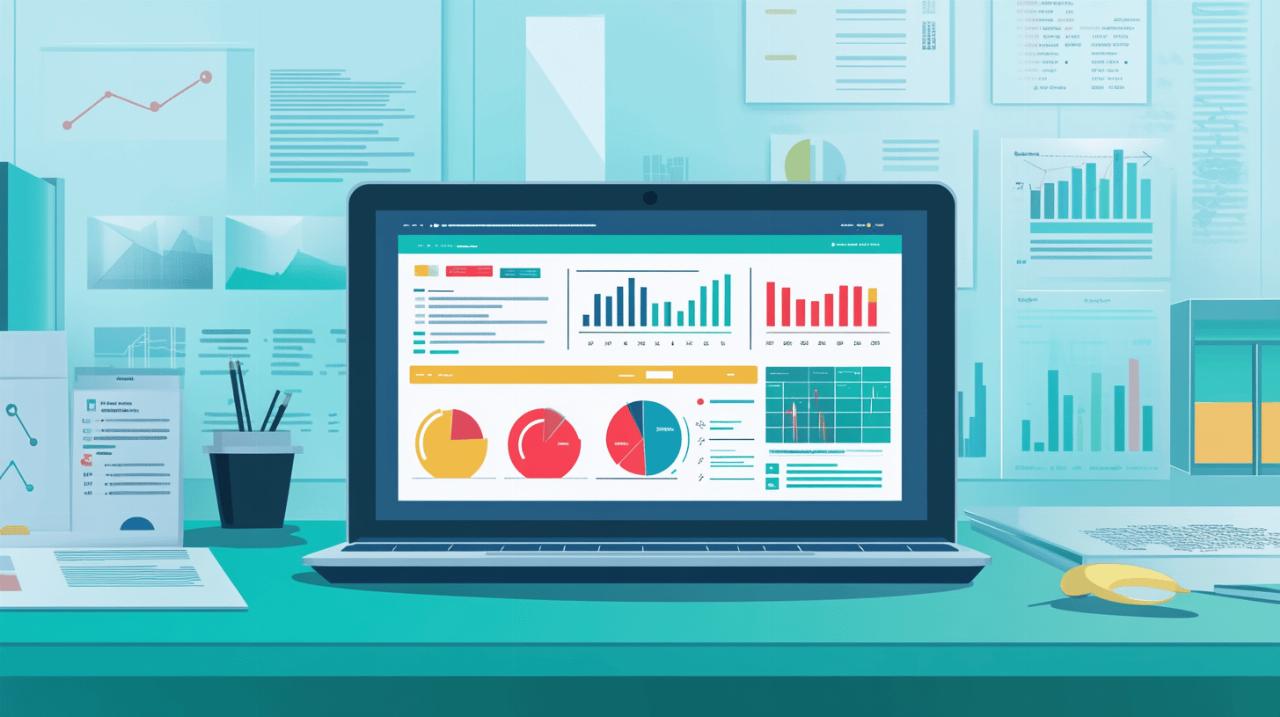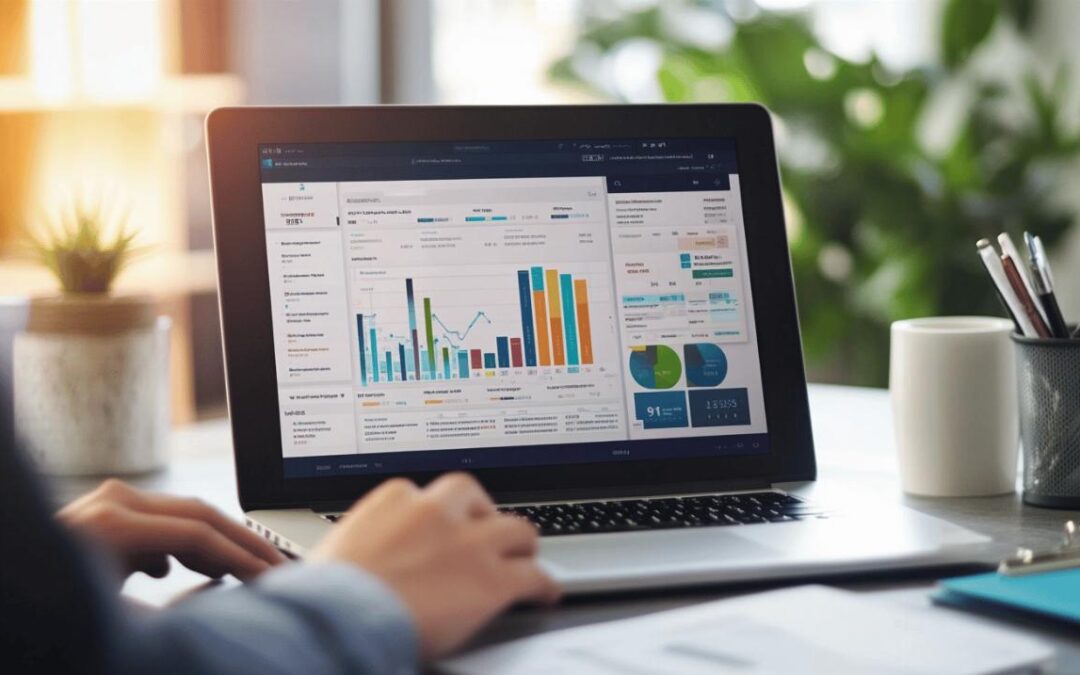Heat maps offer a visual representation of user interactions on websites, enabling B2C online stores to identify patterns that can significantly increase conversion rates. By displaying areas where visitors click, scroll, and focus their attention, these powerful analytical tools provide crucial insights into customer behavior that traditional analytics might miss.
Understanding heat map technology for e-commerce
Heat map technology transforms complex user interaction data into intuitive color-coded visualizations that make website performance measurement considerably easier. Rather than wading through endless spreadsheets and numerical reports, e-commerce store owners can quickly identify high and low-engagement areas through these visual representations. This technology simplifies data analysis while providing deep insights into how visitors actually interact with online stores.
Types of heat maps that reveal customer behavior
Several heat map varieties offer unique perspectives on user behavior. Click maps track exactly where users are clicking, highlighting which elements attract attention and which go unnoticed. Scroll maps reveal how far down the page visitors typically travel, showing where engagement drops off. Hover maps capture mouse movements to indicate areas of interest even without clicks. Attention maps combine these metrics to create comprehensive visualizations of user focus. Punto Log analysis enhances these insights by connecting behavior patterns to specific customer segments, allowing for more targeted optimizations that address the unique needs of different visitor types.
Interpreting heat map data for actionable insights
Translating heat map visualizations into conversion-boosting strategies requires thoughtful analysis. When examining the data, focus on identifying patterns that reveal opportunities for improvement—areas with high attention but low conversion, elements that distract from key CTAs, or content that users rarely engage with. Set clear goals before analysis to ensure relevant insights. The color gradients in heat maps help prioritize which areas need immediate attention, with warmer colors (reds and oranges) indicating higher engagement. High-resolution mapping provides detailed insights that can directly inform A/B testing strategies for landing pages, potentially boosting conversions by up to 30% according to industry benchmarks.
Implementing heat map strategies to optimize sales
Heat maps serve as powerful visualization tools for B2C online stores seeking to boost conversion rates. These color-coded representations reveal user behavior patterns across your website, allowing for data-driven optimization decisions. With average B2C conversion rates hovering around 2.1%, implementing heat map analysis can provide the competitive edge needed to surpass industry benchmarks.
Heat maps simplify complex numerical data into intuitive visuals, making it easier to measure website performance and quickly identify areas needing attention. For e-commerce businesses, where conversion rates typically range from 2% to 5% depending on industry, understanding customer behavior through heat mapping technology is essential for making informed design changes.
Redesigning product pages based on click patterns
Click maps reveal exactly where users are interacting with your product pages, highlighting which elements attract attention and which go unnoticed. By analyzing these patterns, you can strategically reposition critical elements like buy buttons, product images, and pricing information to maximize engagement.
Data from click heat maps can guide crucial design decisions such as CTA button placement and color selection. Research has shown color choices significantly impact conversion – HubSpot found red CTAs outperformed green by 21%. By identifying underperforming elements and testing alternatives based on heat map insights, businesses can create more intuitive product pages that align with user expectations and shopping behaviors.
High-resolution mapping provides granular insights that can be leveraged for A/B testing different page layouts. Tracking metrics like click-through rates alongside heat map data helps quantify improvements and calculate ROI for design changes. This approach is particularly valuable for mobile commerce optimization, which is expected to represent over 10% of all US retail sales by 2025.
Enhancing checkout processes through scroll analysis
Scroll maps reveal how far users navigate down your checkout pages, identifying potential drop-off points that contribute to cart abandonment. By visualizing user engagement throughout the checkout flow, businesses can pinpoint exactly where customers lose interest or encounter friction.
Cart abandonment represents one of the most significant conversion obstacles for B2C online stores. Scroll heat maps help identify if critical checkout elements like shipping information, payment options, or security badges are positioned where users rarely scroll. Restructuring these pages based on scroll patterns can dramatically improve completion rates.
Beyond simple page restructuring, scroll analysis enables more sophisticated optimization strategies like form field reduction and progress indicator implementation. When combined with other e-commerce metrics like average order value and customer lifetime value calculations, these insights help create a checkout experience that not only converts more effectively but also encourages higher transaction values and repeat purchases.

